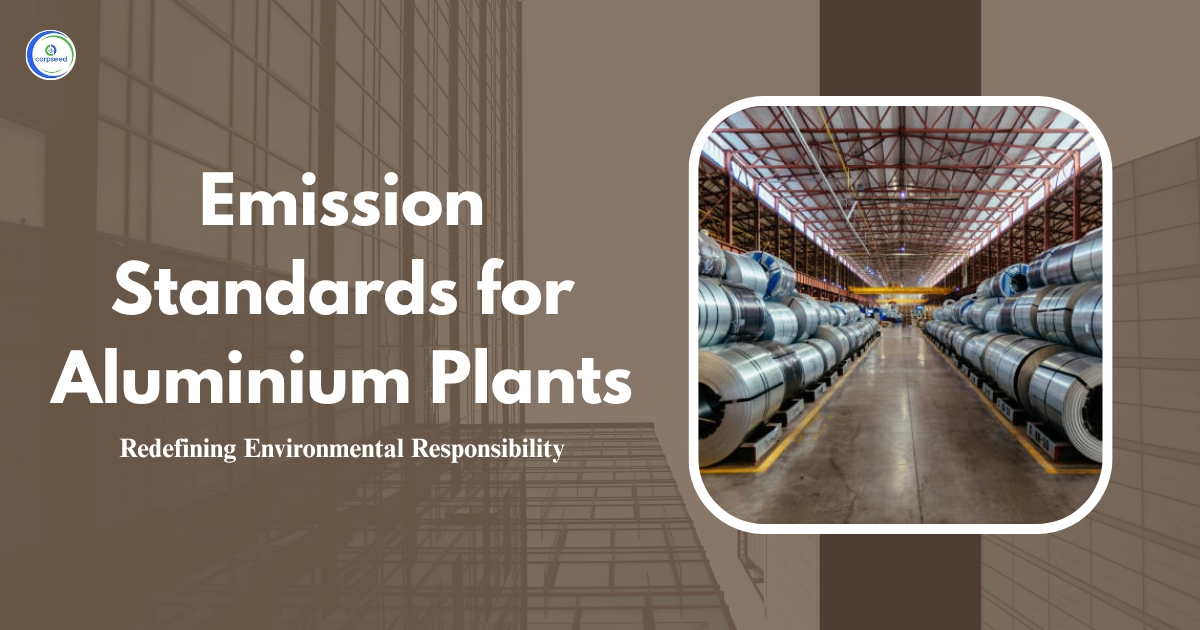In exercise of the powers conferred by sections 6 and 25 of the Environment (Protection) Act, 1986 (29 of 1986), the Central Government has officially informed the Environment (Protection) Second Amendment Rules, 2025. These rules introduce main modifications in the Environment (Protection) Rules, 1986 with dedicated focus on controlling environmental pollution in important chemical sectors mainly the caustic soda industry.
Table of Contents
Understanding the Environment (Protection) Second Amendment Rules, 2025
The Environment (Protection) Second Amendment Rules, 2025 aims to address the growing environmental challenges caused by industrial activities. The amendments introduce more stringent standards for effluent discharges, fugitive emissions and wastewater generation, with a particular focus on industries such as caustic soda plants that use critical chemical processes. The new rules highlights the requirement for industries to adopt clean technologies, minimize waste generation and enforce more efficient water management systems. These alterations will help in mitigating pollution in water bodies, improving air quality and increasing sustainability in industrial operations.
--------------Blog Contact Form-------------
Key Highlights of the Environment (Protection) Second Amendment Rules, 2025
These new rules will come into force one year after their publication in the Official Gazette. They introduce some major changes, including revised effluent discharge standards for recognized industries, particularly caustic soda plants, as well as improved regulations on fugitive emissions and process emissions.
- Effluent Standards for Caustic Soda Plants: The most notable change is the amendment to the effluent standards for caustic soda plants. These individual plants, which often produce hydrochloric acid, hydrogen, chlorine and hypo, must now meet more stringent standards for their wastewater discharge.
| Parameter | Standards |
| Effluent Standards | |
| Limiting value for concentration (in mg/l except for pH, Bioassay and water consumption) | |
| Bioassay test | 90% Survival of fish after first 96 hours in 100% effluent |
| pH | 6.5-8.5 |
| Chloride | 250 |
| Total suspended solids | 100 |
| Total dissolved solids | 2100 |
| Oil and grease | 5 |
| Residual free chlorine | 0.5 |
| Sulphate | 200 |
| Maximum quantity of water consumption | 5 m3 per ton of caustic soda production |
- Emission Standards for Fugitive and Process Sources: The Environment (Protection) Second Amendment Rules, 2025 also addresses the issue of air pollution control. Fugitive emissions, mainly in areas such as HCL towers and cell houses, are now required to meet strict environmental limits.
| Parameter | Standards (µg/m3 ) |
| Chlorine | 7 |
| Hydrochloric acid | 10 |
| Every industries shall adopt emission standards prescribed under the Factories Act, 1948 (63 of 1948) relating to chlorine and Hydrochloric acid for two years from the date of the commencement of the Environment (Protection) Second Amendment Rules, 2025 and thereafter for fugitive emission under this entry shall apply. | |
- Standards for Process Emission: In addition to fugitive emissions, the amendment also addresses process emissions at several plant locations, such as the hypo stack and the HCl stack. The revised rules reduce the permissible limits for chlorine and hydrochloric acid emissions, with the focus being on creating a clean and safe working environment.
| Parameter | Standards (mg/Nm3 ) |
| Chlorine | 5 |
| Location: HCl stack) | |
| Chlorine | 5 |
| Hydrochloric acid | 10 |
| 10 mg/Nm3 standard for Hydrochloric acid emission shall apply for two years from the date of the commencement of the Environment (Protection) Second Amendment Rules, 2025 and thereafter 5 mg/Nm3 standard shall apply.” | |
- Wastewater Generation and Disposal: The amendment introduces a quantum limit on wastewater generation in caustic soda plants. The revised standard allows 1 m per ton of caustic soda production as maximum wastewater generation, excluding cooling tower blowdown. These modifications will need industries to enforce water-efficient technologies and recycle more water in their processes, thus minimizing their overall environmental footprint.
| Industry | Quantum |
| Caustic Soda | |
| Maximum quantity of waste water generation | 1 m3 per ton of caustic soda production |
| Cooling tower blow down is excluded in the waste water generation.” | |
- New Load-Based Standards: The new rules also introduce load-based standards for industries. For caustic soda plants, new parameters such as chloride, total suspended solids, oil and grease, and residual free chlorine have been set, beside precise quantum limits per ton of production. These limits will confirm that wastewater is efficiently treated before being discharged into surface water bodies or used for irrigation purposes.
| Parameters | Standard: Quantum limit in Kg/tonne of Caustic Soda produced |
| Chloride | 0.25 |
| Total suspended solids | 0.1 |
| Total dissolved solids | 2.1 |
| Oil and grease | 0.0005 |
| Residual free chlorine | 0.0005 |
| Sulphate | 0.2 |
| Note: These standards shall apply to caustic soda standalone plants based on membrane cell technology and produces Hydrochloric acid, Hydrogen, Chlorine and Hypo and shall apply only to the final discharge of wastewater to inland surface water bodies and land for irrigation and not for deep sea disposal. The standards for chloride and sulphate shall come into force two years from the date of the commencement of the Environment (Protection) Second Amendment Rules, 2025 for the old plants. |
|
Benefits to the Environment
The new amendment is primarily structured to minimize environmental pollution, especially in the form of water contamination, air emissions and waste generation. By setting strict standards, the government aims to reduce the negative impacts of industrial waste and emissions, which have long been a major cause of water and air pollution. The adoption of these rules is expected to:
- Improve water quality of rivers, lakes and underground aquifers by reducing chemical pollution and thermal discharge.
- Minimize air pollution in industrial areas, thereby improving public health and environmental conditions.
- Encouraging industries to adopt sustainable waste management practices that can mitigate long-term damage to the environment.
Impact on the Industry
For industries, particularly caustic soda plants, these changes required considerable investment in new technology and infrastructure. To adhere with new effluent and emissions standards, companies may have to elevate water treatment systems, promote waste recycling methods and install air pollution control equipment. These changes likely incur additional operating costs for industries.
Long-Term Sustainability
The immediate costs and implications for industry may be substantial, but the long-term benefits from cleaner production practices, improved air and water quality, and sustainable use of water are invaluable. Industries that actively adopt these new standards gain competitive advantage and establish themselves as responsible corporate organizations dedicated to sustainable development. This will be highly important in global markets that are placing a greater prominence on environmental responsibility.
Conclusion
The Environment (Protection) Second Amendment Rules, 2025 is an important step towards refining India's environmental governance and making industries meet more strict pollution control standards. These amendments, which focus on effluent discharge, emissions and wastewater management, offer a broad framework for industries to function more sustainably and responsibly. As these rules come into force by 2026, industries will have to take immediate action to comply with the new standards. While these changes create challenges, they also provide opportunities for these industries to contribute to a cleaner and more sustainable future for India.
This portion of the site is for informational purposes only. The content is not legal advice. The statements and opinions are the expression of author, not corpseed, and have not been evaluated by corpseed for accuracy, completeness, or changes in the law.
BOOK A FREE CONSULTATION
Get help from an experienced legal adviser. Schedule your consultation at a time that works for you and it's absolutely FREE.
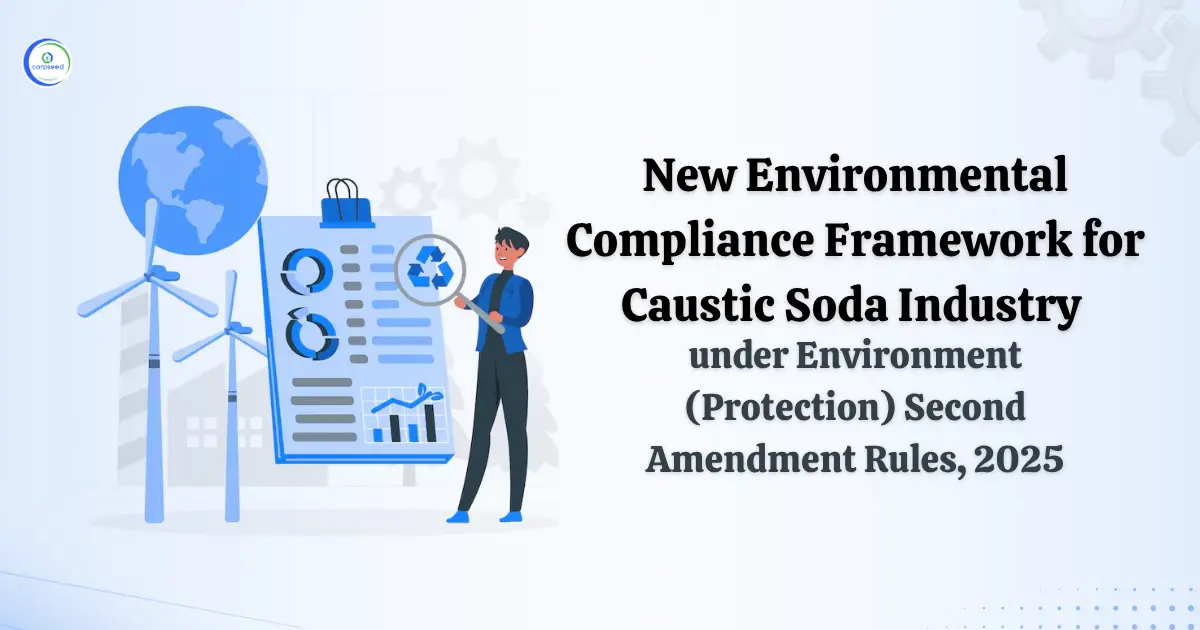

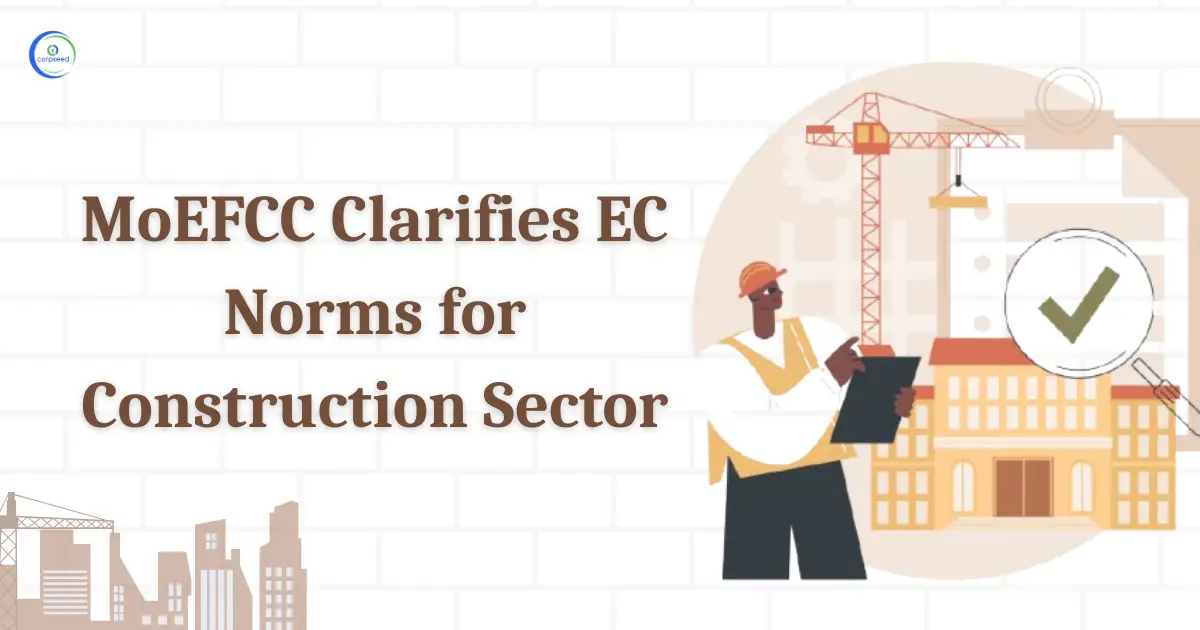


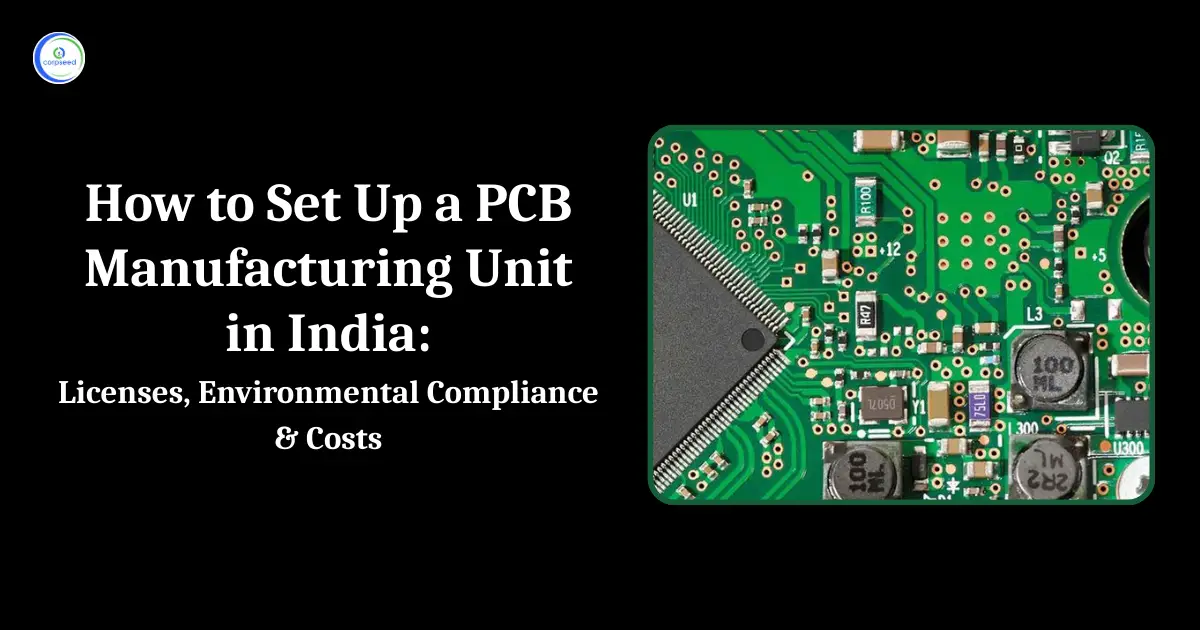
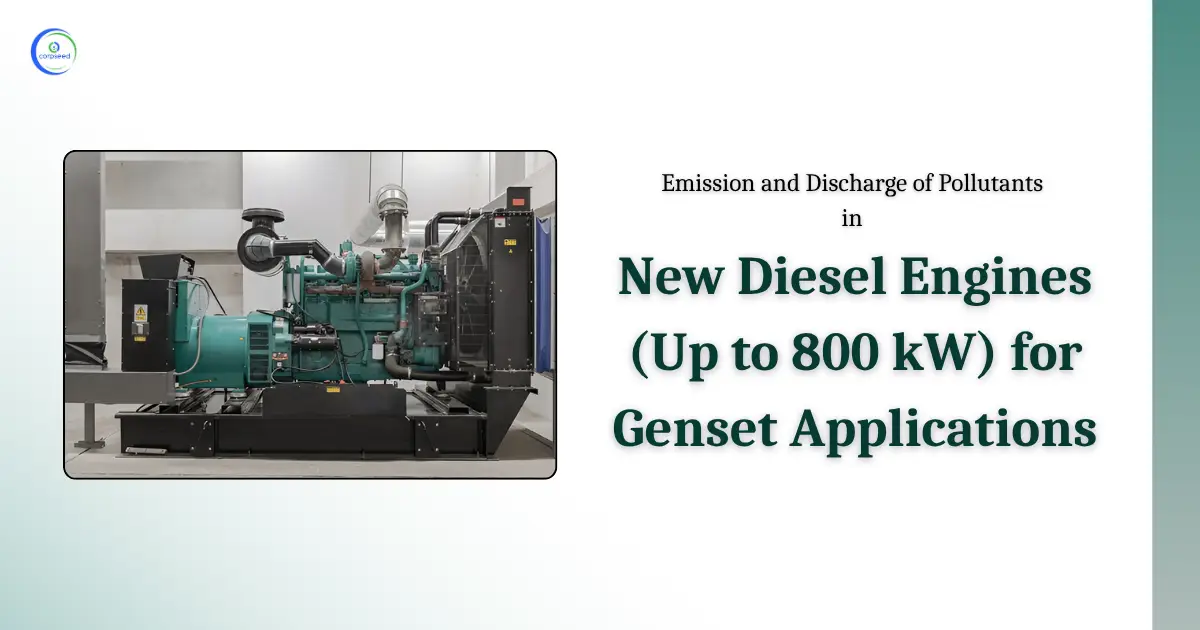
_Corpseed.webp)
.webp)
